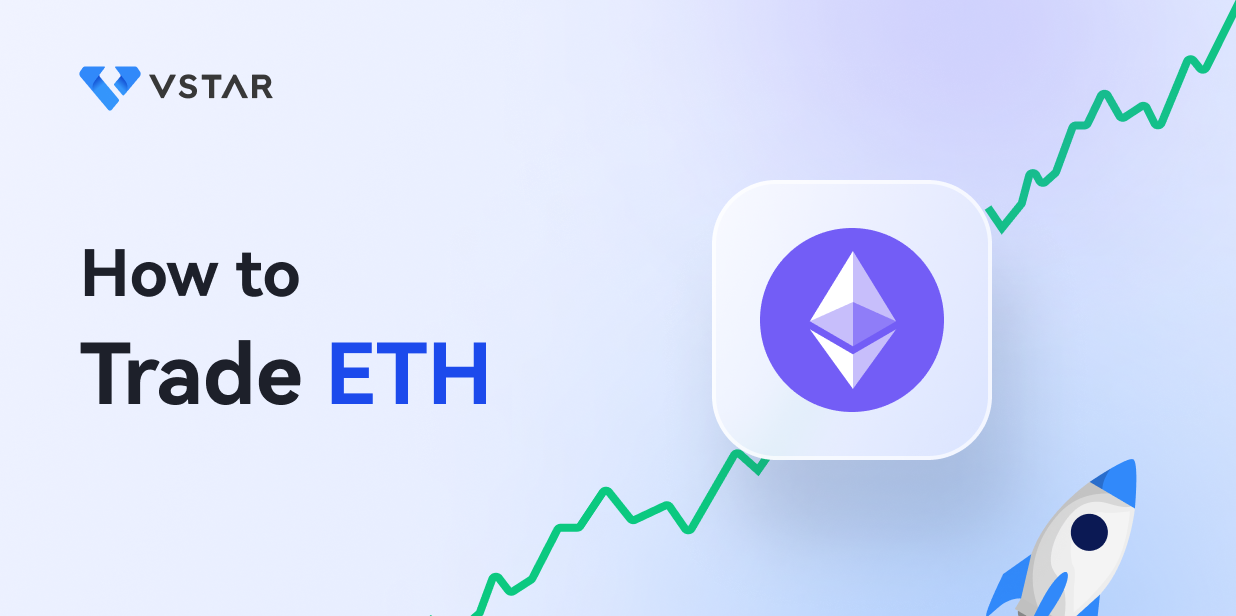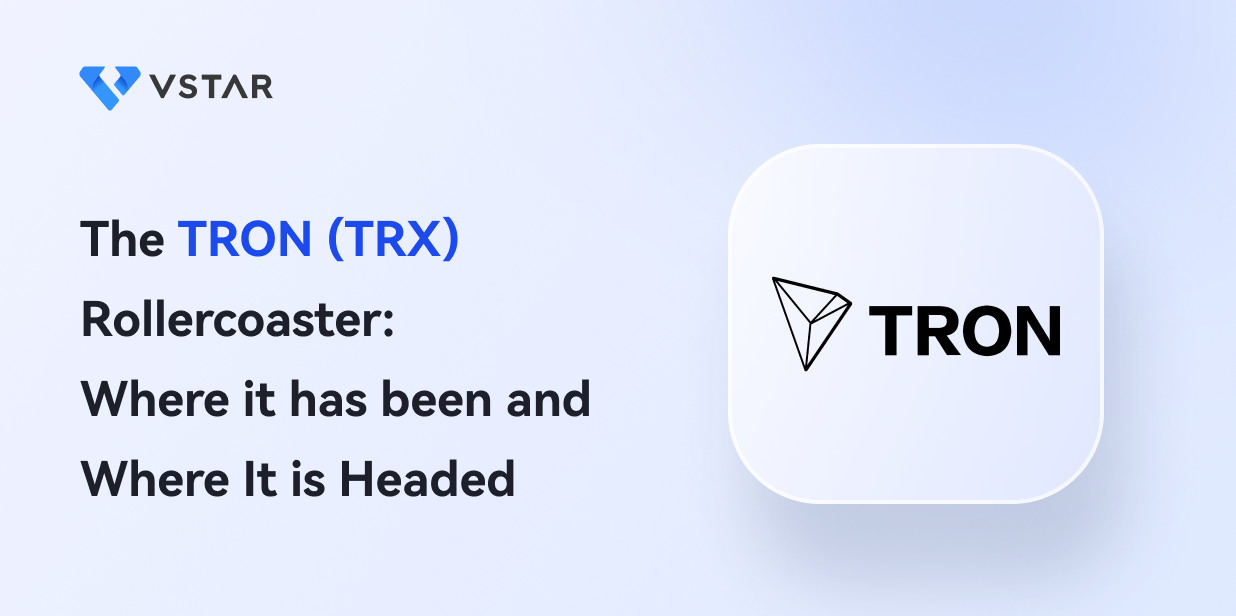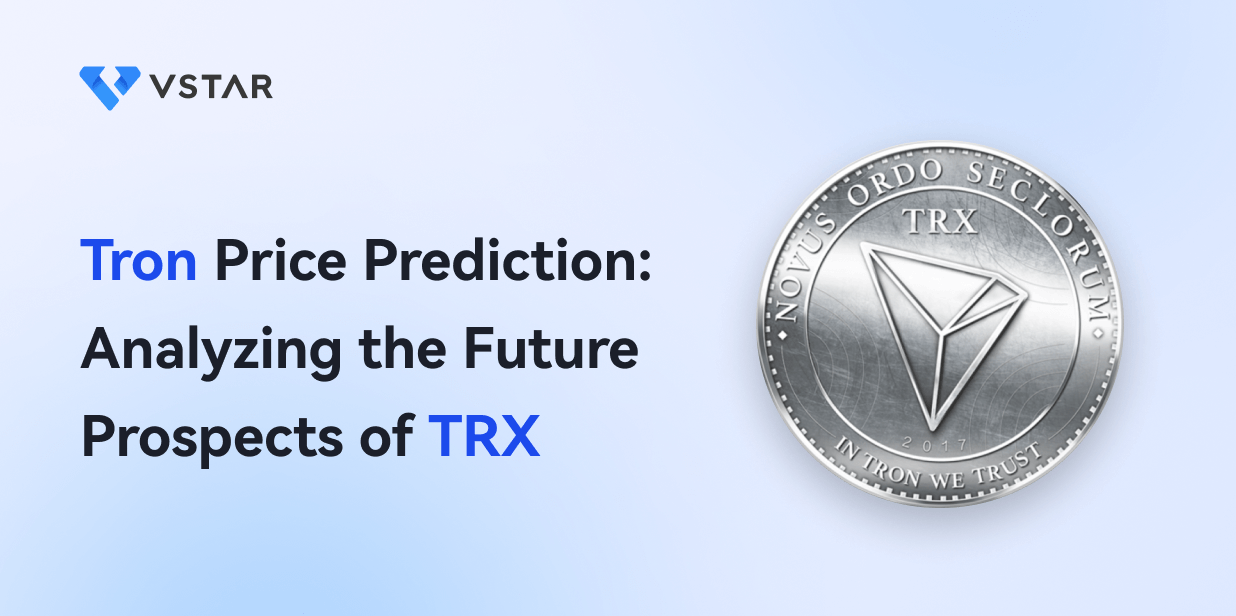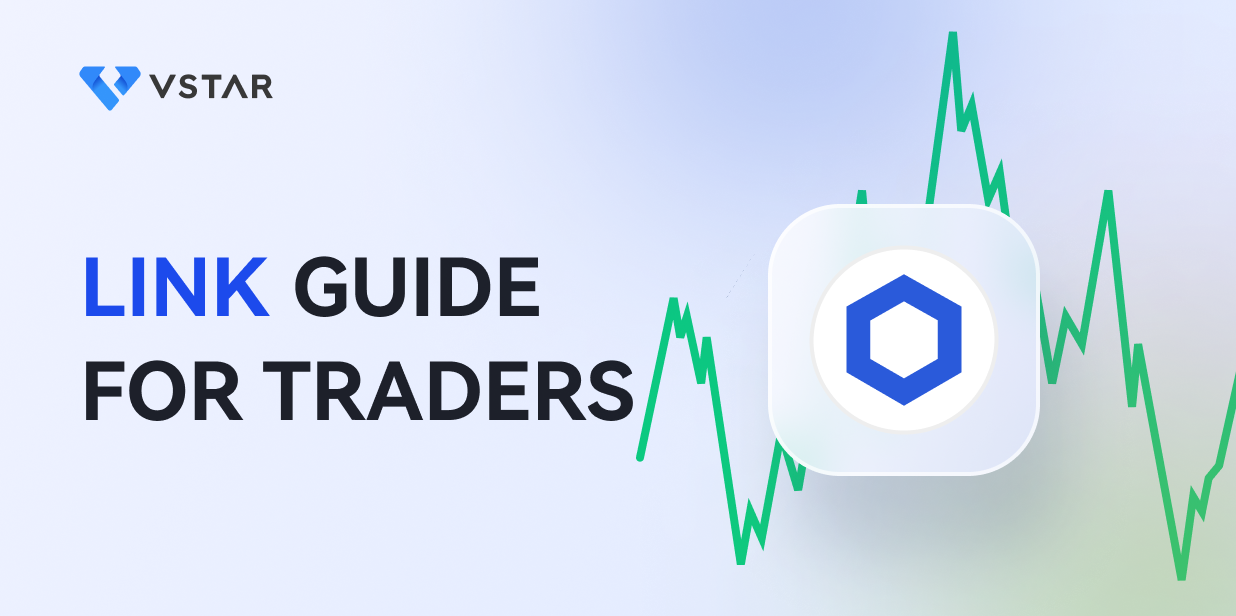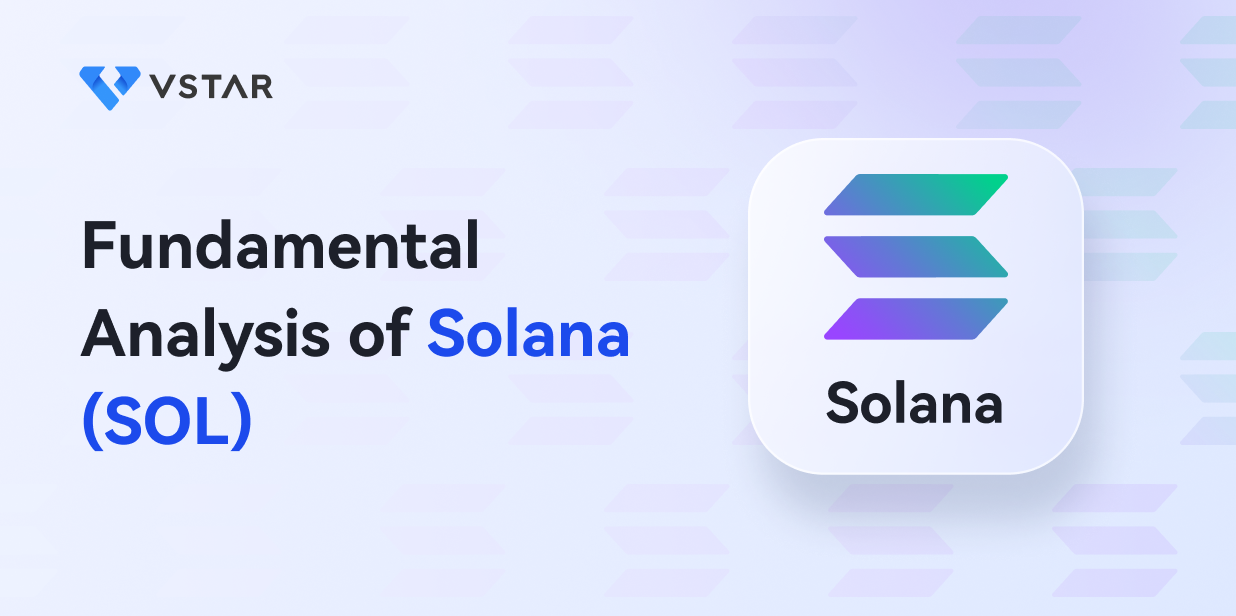Ethereum is a blockchain network that supports decentralized applications (DAPP). It is a robust transaction platform for developers from various industries who want to build smart contracts.
ETH is famous for offering a transparent, decentralized, and secure platform for safe transactions for many sectors. Its popularity has grown that it now has other crypto coins operating under its network.
In this essay, you will learn all you need about Ethereum trading, technical and fundamental analysis, including the working strategies that will help you maximize your investment.
Understanding Ethereum and the Cryptocurrency Market
Ethereum ranks second place as a popular blockchain network after Bitcoin. Bitcoin and Ethereum are both blockchain networks but are pretty different.
Bitcoin is a digital asset used to carry out digital transactions. Ethereum is a blockchain network used to build (DAPPs)
decentralized applications (DAPPs) and smart contracts, including decentralized finance DeFi and NFTs.
Ethereum technology uses an advanced programming language that helps in making these smart contracts, while Bitcoin uses a straightforward programming language.
Also, apart from the issuance cap on Ethereum yearly, Ethereum does not have a hard cap for its supply. Bitcoin, however, has a maximum of 21 million coins hard cap on its total supply.
Overview of the Cryptocurrency Market, Including Trends and Fluctuations
Generally, the crypto market is highly decentralized. The market is also very volatile, and the prices of cryptocurrencies constantly fluctuate over short periods.
A cryptocurrency market trend that has grown massively in recent times is decentralized finance (DeFi). DeFi protocols moved from 1 billion dollars in June 2020, and by May 2021, it was over $80 billion.
Factors That Affect Ethereum Prices and Market Capitalization

The Cryptocurrency market, in this case, Ethereum, is volatile and follows unpredictable patterns. Different factors affect Ethereum prices and market capitalization, which include the following
● Demand and Supply: The demand and supply level of Ethereum will affect the price. If there is an increased demand with a constant supply, the price will skyrocket, and vice versa.
● Usage of the Network: The more people use the Ethereum network to build decentralized applications and carry out smart contracts, the value increases. As it becomes more valuable, its price and market capitalization increases.
● Competitors: Understand that Ethereum is not the only blockchain platform in use as there are many other competitor platforms like Polkadot, Binance Smart Chain, Solana, etc. Stiff competition will inadvertently impact the Ethereum market share and price.
● Government Regulations: The kind of regulatory requirements imposed by the Government can have either a positive or negative impact on Ethereum price. If a restricting law is put in place by the government on cryptocurrencies, the market demand and price will decrease.
● Advancement in the Network: With constant upgrades, developments, and new features added to the Ethereum community, the value will increase in the marketplace and also the price.
● Investor's Attitude: What the investors hear about the community is essential because it will affect how much they want to invest. If Ethereum offers good prospects, there will be a higher demand, and hence the price will increase and vice versa.
● Market Volatility: The cryptocurrency market is often volatile, with price changes caused by economic conditions and global trends. This makes the price of Ethereum change in the market due to these conditions.
Technical Analysis for Ethereum Trading
Technical analysis involves analyzing financial markets using price charts, statistics, and trading volumes. Technical analysis in Ethereum trading is used to assess the price history and observe the trends and make future forecasts of price data.
While performing ETH price analysis, remember that this analysis does not work alone. It would help if you compared it side by side with the fundamentals of the Ethereum market and risk management techniques.
There are different types of technical indicators used for Ethereum trading. Some of the few common ones you should use are:
Moving Averages Convergence and Divergence
The Moving average convergence and divergence is a technical indicator used to determine market trends using historical price movements. MACD uses the relationship between the shorter and longer exponential moving averages (EMA). To calculate the MACD line, subtract the 26-period EMA from the 12-period exponential moving averages.

From the MACD chart, three numbers are always used to calculate the average. The first number consists of the periods that calculate the longer average, while the second number consists of the periods that calculate the shorter average. The third is the number of periods that calculates the difference between the longer and faster-moving averages.
For example, you will find three numbers, 12, 26, and 9, on the MACD chart. Here is what it means. The number 12 indicates a Moving Average (MA) of 12 periods. Number 26 indicates a MA of 26 periods, while 9 shows the difference between the longer and shorter MAs.
Relative Strength Index (RSI): The RSI indicator determines the movement in price trends. It shows the extent of these price changes. The numbers are usually between 0 to 100, and depending on the number range, it can be overbought or oversold.
For example, If the RSI goes above 70, it indicates an overbought, but if the RSI is below 30, it means an oversold. Below is an ETH chart showing RSI in ETH trading.

RSI also applies in divergence, which determines the prospective reversals when you compare the relationship between the RSI and the market direction.
Bollinger Bands: Bollinger Bands are the indicator traders use to monitor unpredictable price changes and market volatility. Here is an example of how to use these bands. First, two standard deviations are plotted away from a Moving Average.
If the band widens, it indicates increasing volatility, but if the band is narrow, it shows decreasing volatility. As a trader, you can use the Bollinger Bands indicator to observe the support level, resistance level, and future price movements. The chart below describes the ETH Bollinger Bands.

How to Read Technical Charts and Use Them to Make Trading Decisions
Following Technical charts entails following up on historical prices, observing patterns and trends, and using your observation to make better trading decisions.
● Survey the market price chart to see the direction the trend is heading. Check if it is moving downward, upwards, or to the side.
● Determine your entry and exit points using the support and resistance levels to check the price history.
● You can now use technical trends like the MA, RSI, and Bollinger Bands to identify price trends and the possible buy and sell signals.
● Identify the Chart patterns like the triangles, double tops, hands, and shoulders and use these patterns to monitor the prospective trend reversals.
● Lastly, integrate risk management skills to protect you from any loss. You can use strategies like using proper sizing and anti-loss actions.
Fundamental Analysis for Ethereum Trading
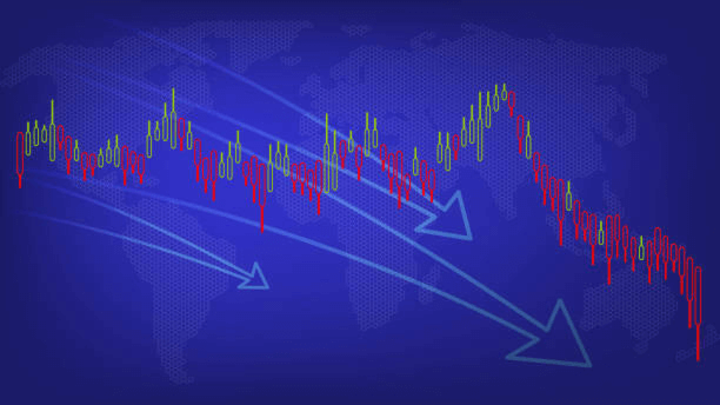
Another method used in analyzing the financial market is the Fundamentals analysis. It involves using economic and financial factors to assess the value of the trade. Fundamental analysis is helpful in Ethereum trading because traders can use it to research the specific elements that directly impact the Ethereum market.
Some key factors influence Ethereum market performance, plus you can analyze these factors using fundamental analysis.
● Technology and Development
● Adoption and Usage
● Network Activity
How to Interpret Fundamental Data and Use Them to Make Trading Decisions
To better understand a digital asset like Ethereum, traders must interpret fundamental data well. Follow these quick steps to make good trading decisions.
● Gather all the necessary data, like market trends, economic reports, and financial statements, and analyze them.
● Watch out for the latest trends to know whether there is an increase or decrease in Ethereum's value.
● Monitor the data available and the expectations to see if there are any disparities.
● Look for external factors like competition and regulatory actions that might affect the Ethereum market.
● Finally, use all the information gathered from the fundamental analysis to trade.
Ethereum Trading Strategies
Ethereum trading has never been this rewarding with these strategies. The common ETH trading strategies you can use are listed below.
Buy and Hold: people who want to invest long-term in Ethereum can use this trading strategy. You can buy and hold it long-term, and hopefully, the price will increase for you to profit.

Day Trading: It's a short-term hold strategy where you can buy and sell crypto in a day. Ethereum traders can leverage the price changes to make some profits on the same day.
For example, if you buy 1 ETH at $3,000 in the morning, believing that the price will increase in a few hours. If your stop-loss order level is at $2,900, you will sell your position with minimal loss, even if the price drops to that level.
If the price of Ethereum over the next few hours reaches $3,100, you will be making a $100 profit. If you buy at $3,150 now, then the price drops later, and you decide to sell at $3,100, you will have a $50 loss.
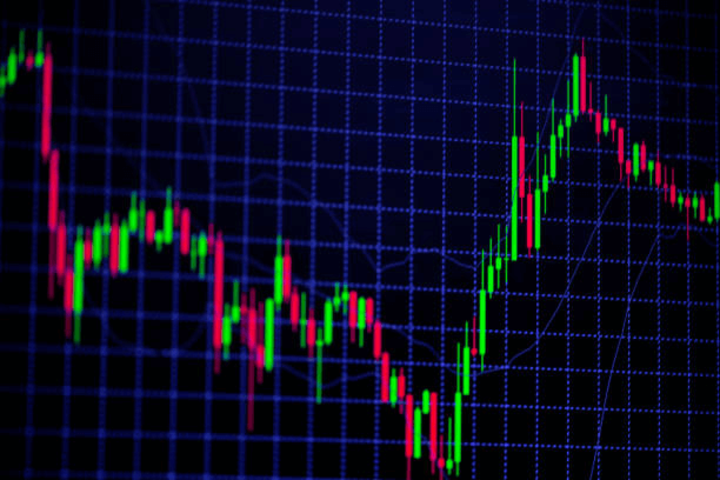
The Ethereum price chart shows fluctuations even within short periods, showing it is risky.
Swing Trading: In this case, you can set a time from a few days to weeks to hold Ethereum. In this period, you can make a profit from the movements in price within that given day.
For example, you buy 20 ETH on a Saturday at $2,500 each, making it $50,000. According to your technical analysis, the price will increase in the next few days. If on Tuesday the investment rises to $3,000 each and then you decide to sell all 20 ETH, you will make $60,000 with $10,000 as profit.
Below is the chart showing the changes in price at different times in the month.
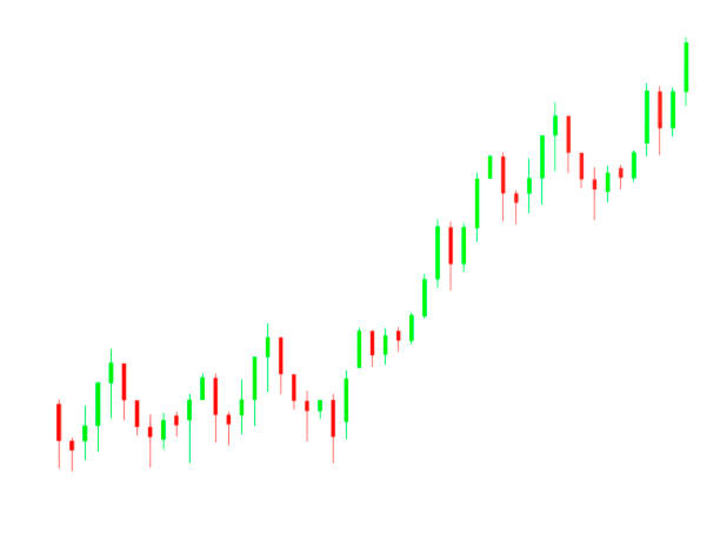
Scalping: Scalping involves trading multiple times within a short time. It is a high-frequency trading strategy because traders hope to profit from the movements in price within the period.
For example, if you buy Ethereum for $2,500 and, as a scalper, you propose that the price increase by $100. You then set your take-profit order to be $2,600. Once the price reaches $2,600, you will make $100 from your take-off order.

The chart shows how the price of Ethereum can change within short periods, and a smaller one can use such an opportunity to make a profit.
Tips for Creating a Trading Plan and Managing Risks in Ethereum Trading
These quick tips will help you create a successful trading plan and also help you know how to perform risk management in Ethereum trading. If you want a smooth experience in Ethereum, Here's the deal.
● Set trading goals, plan, and target
● Map out a trading strategy that works with the trading style
● Determine the entry and exit point for all your trades
● Employ risk management techniques
● Maintain a disciplined life while trading
● Update yourself with market news and the latest trends
● Keep track of your trading performance
Backtesting and Optimization of Trading Strategies
In Backsetting, the trader evaluates the performance level of the trading strategy over a period. Backtesting trading strategies ensures that the plan is yielding the required results and improving in areas of weakness.
Optimizing the strategies used for trading entails reviewing the conditions that come with these strategies to improve performance. Optimization helps to boost the profit and effectiveness of a trading strategy.
ETH Trading Methods

Spot Trading (cryptocurrency exchanges): Traders can decide to do spot trading with Ethereum on any cryptocurrency exchange. Spot trading requires you to be actively involved in managing the investment to be up to date with the latest news. It helps you monitor the market for a good time to buy or sell.
Contracts for Difference (CFDs): with CFD trading, you get to monitor and determine the price of Ethereum even if you don't have any cryptocurrency investment yet. CFD trading gives users the leverage to make high profits through the upward and downward movement of market prices.
Future Contracts: it simply means that users can deduce and make forecasts on the price of Ethereum in the future. With this knowledge, users can buy or sell Ethereum at a future date. However, to be successful in this type of trade, you need a deep understanding of the cryptocurrency market because prices can change at any moment to avoid loss.
The different popular methods used in Ethereum trading each have benefits and drawbacks. These methods are listed below:
ETH CFD Trading Compared With Other Trading Methods
The advantages of ETH CFD trading over other trading methods come in several forms. With CFD, trading can be flexible, and traders can hold short and long assets. In comparison, spot trading can be held for the long term. ETH CFD trading fees are lower when compared to other trading methods like spot trading.
CFD is always available, and you can enter and exit holdings at all times. This will benefit traders who want to profit from the price movement outside trading hours.
In ETH CFD trading, traders do not need to own assets before trading. They use a contract broker to trade while. You can leverage CFD to trade on margin. With this leverage, you can hold more significant assets (Ethereum), and if the trade is successful, it means more profit. Spot trading involves owning and trading Ethereum at the current market price.
Why You Should Trade ETH CFD With Vstar
● Safe trading, including money protection at all times
● You have many Crypto choices to trade on the available Vstar platform
● We do not charge extra for bank transactions or collect commissions
● Vstar is always available, and we offer unlimited services all the time
● You get to use leverage trading to maximize profit
● With Vstar, you can trade crypto against fiat, unlike other exchanges
Trading Psychology for Ethereum Trading
Trading Psychology for ETH traders is very vital and can affect the kind of decisions a trader makes. It's essential to maintain a positive emotion towards trading to avoid making irrational or wrong decisions that will lead to incurring losses.
Two significant psychological challenges you must be aware of as traders are greed and fear. Greed can make one indulge in overtrading and taking unnecessary risks. Fear can make you resistant to trade, thereby missing out on good opportunities.
Another area Traders should improve is managing emotions in ETH trading, which involves discipline. Traders should learn discipline and how to follow through with the trading plan and not follow their feelings and make mistakes.
Tips for Developing a Healthy Trading Mindset and Discipline
● Maintain a positive mindset
● Learn from your losses and make better trading choices
● Understand the psychology of trading
● Improve on trading strategies
● Use risk management techniques
Risks and Challenges of Ethereum Trading
All types of trading involve risks, and Ethereum is not left out. Here are the possible risks associated with Ethereum trading and how to mitigate these risks.
Volatility Risk: Market volatility risks in ETH trading can affect prices. Unpredictable changes in prices can result in high losses for traders.
Liquidity Risk: When Ethereum does not have liquidity, it makes it difficult to enter and exit, especially during high market volatility.
Counterparty Risk: Counterparty risk comes from not knowing if the exchange platform or the trader will keep to their side of the obligation.
Regulatory Risk: It's a risk every trader should be aware of because any change in the regulatory policy can affect trading.
Security Risk: This involves the risks associated with the Ethereum blockchain trading. Security issues in ETH trading, like cyber attacks, are unsuitable for trade.
Tips on How to Mitigate These Risks
● Integrate stop-loss orders in ETH trading to minimize losses
● Trade with credible brokers that are safe and secure
● Always Stay in the know on the latest regulatory trends and how to keep up with them
● Use limit orders in ETH trading
● Use risk management protocols in ETH trading
Conclusion
Ethereum trading can be a rewarding investment if you are willing to get the necessary knowledge about it. To succeed in Ethereum trading, you must develop the right strategy, use technical and fundamental analysis, and integrate risk management techniques.
The bottom line is to keep improving your knowledge by backtesting, studying date trends, and optimizing your trades for maximum profit.
If you want to keep up with the trading trends and stay updated, join a trading community or register for an online trading course. Before taking any step, research properly and use strategies that suit your trading style.
